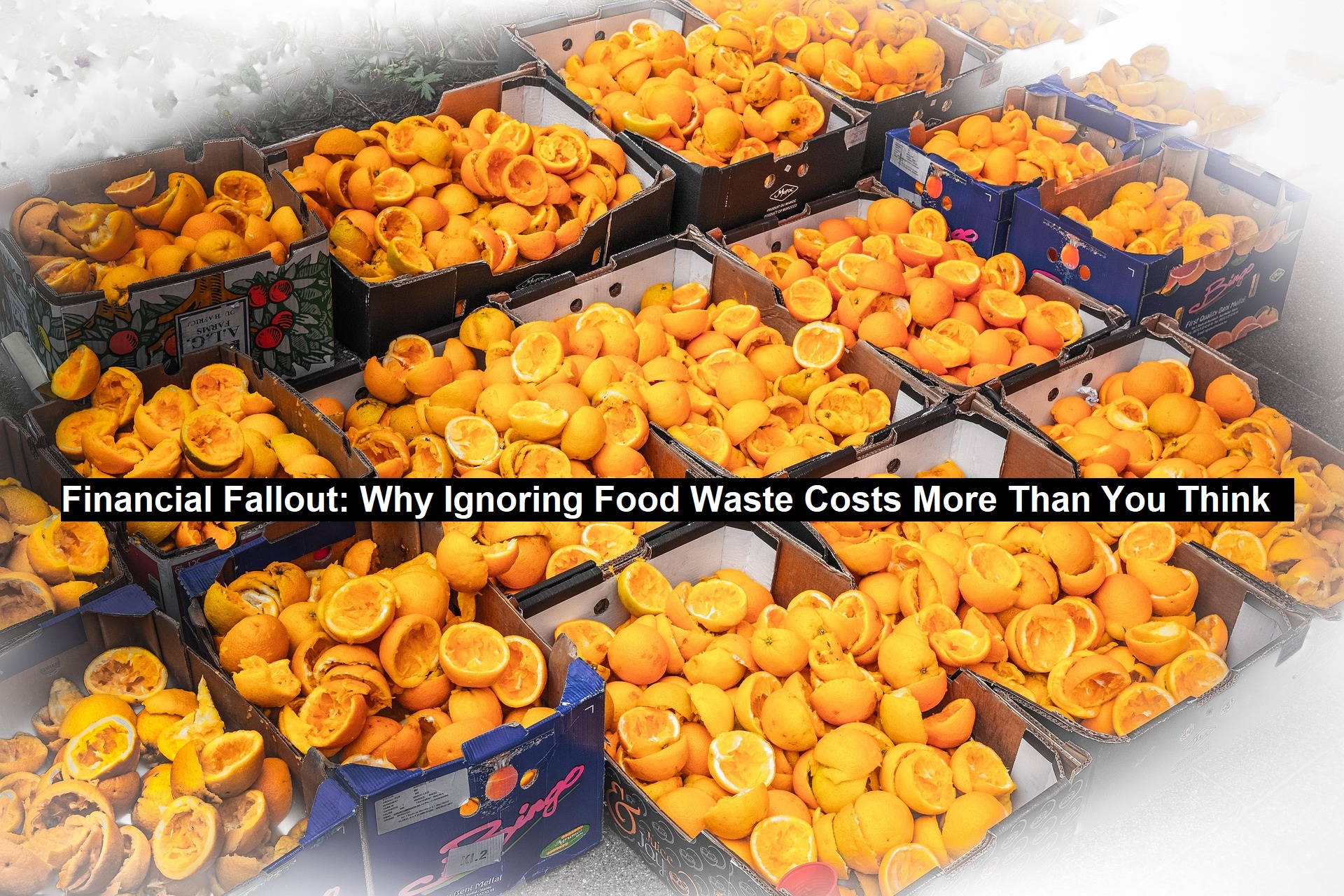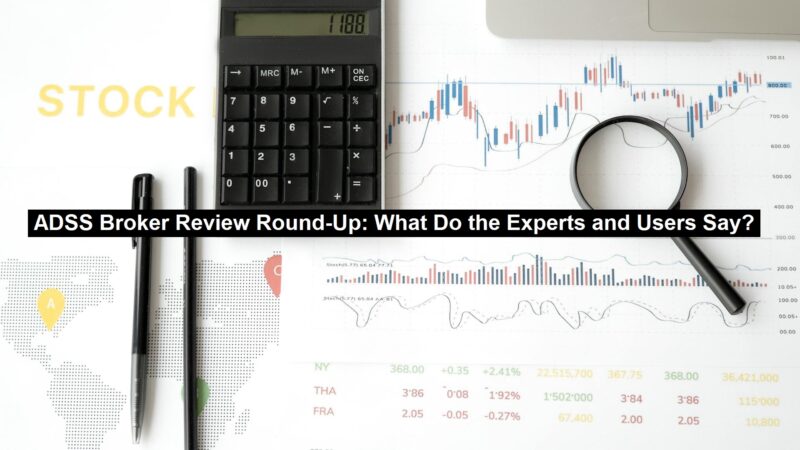Financial Fallout: Why Ignoring Food Waste Costs More Than You Think

When businesses think of food waste, it’s often dismissed as a necessary, if unfortunate, cost of doing business in a perishable industry. But this perspective overlooks a critical truth: food waste is a major driver of financial instability, and if left unchecked, it can quietly undermine a company’s success.
The reasons behind food waste are complex, but the financial consequences are clear. Whether it’s unsold produce due to inaccurate forecasting, spoilage from poor storage, or delays in transportation, the result is the same — sunk costs and shrinking margins. For companies already grappling with tight profit windows, these recurring losses can compound rapidly.
Operational inefficiencies are often the root cause. Overordering from suppliers, mismanaged inventory rotation, or disconnects between procurement and sales forecasting create surpluses that end up in the waste bin. Each incident of waste not only represents lost product but also hidden costs such as wasted labor, energy, and storage capacity.
Furthermore, food waste introduces volatility into the pricing ecosystem. When significant quantities of food are discarded, the market experiences artificial supply pressure, leading to price hikes. Businesses may try to pass these increases along to consumers, but this can affect competitiveness and customer loyalty. Producers of pork and related products, for instance, often turn to swine hedging strategies to guard against these types of price fluctuations driven by upstream waste and supply issues.
Food waste also elevates fixed operational costs. Managing and disposing of spoiled goods takes time, money, and resources. These costs are often overlooked in financial forecasting, but over time, they create substantial strain.
Reducing waste is not just good ethics — it’s good economics. Technologies like machine learning and predictive analytics can help companies better match supply with demand. Cold chain innovations can prolong shelf life, while cross-departmental collaboration can reduce redundancy in procurement and inventory processes.
Read: What You Need to Know About Estate Planning & Administration
Moreover, businesses that view waste as a controllable risk — and actively work to minimize it — are more likely to achieve price stability, improve margins, and ensure long-term resilience. Integrating financial tools and sustainable practices creates a dual benefit: reduced loss and improved predictability.
The cost of food waste goes far beyond the landfill. By confronting it head-on with strategic investments and forward-thinking financial planning, businesses can turn waste into a source of strength, not weakness.
Food-Waste-Costs-More





